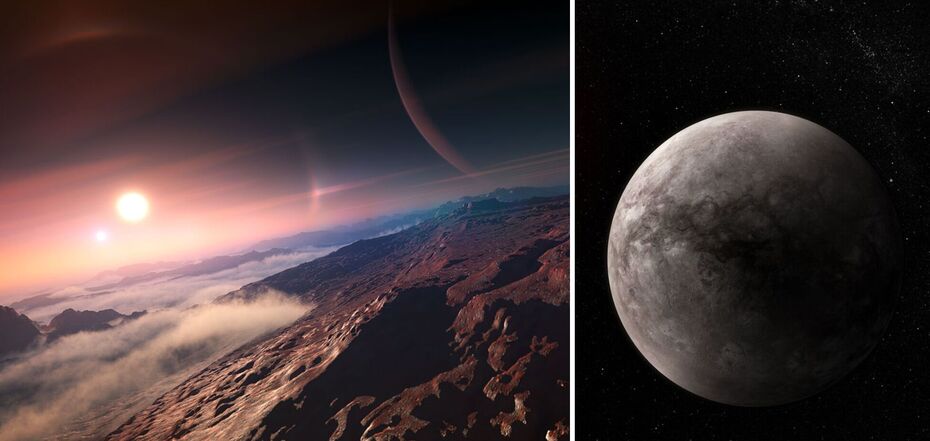Life
Super-Earth with suspiciously low density was found
NASA's Transiting Exoplanet Survey Satellite (TESS) space telescope helped a team of international scientists discover a new exoplanet that fits the super-Earth criteria. However, its characteristics surprised astronomers.
The discovery is reported in a study published on the portal arXiv. TESS surveys some 200,000 of the brightest stars near the Sun to look for transiting exoplanets, and it has now discovered nearly 6,600 candidate exoplanets, of which 331 have already been confirmed by astronomers.
The new found world is named TOI-244 b. The fact that it is an exoplanet has already been confirmed by a group of astronomers from Spain. As noted, the transit signal was detected in the glow of TOI-244 (also known as GJ 1018), an early M-dwarf star, almost half the size and mass of the Sun.
Researchers were able to determine that TOI-244 b is 1.52 Earth radius and has a mass of about 2.68 Earth masses. Thus, the density of the planet is calculated at 4.2 g/cm3. The planet revolves around its star every 7.4 days.
After receiving the data, scientists classified TOI-244 b as a super-Earth. Such a category includes planets that are more massive than Earth, but have a mass not exceeding that of Neptune.
Astronomers also managed to determine the approximate composition of the distant planet. The results showed that TOI-244 b consists of iron and silicates in a proportion similar to Earth.
Despite this, to the surprise of scientists, the planet turned out to be less dense than most super-Earths its size. The density is also lower than would be expected due to the composition of the planet, which is similar to Earth.
Such an anomaly, scientists believe, can be explained by the fact that many volatile elements were preserved on the planet's surface.
"We believe that atmospheric loss processes may have been very effective in removing the potential initial hydrogen envelope, but volatiles with high average molecular weight, such as water, may have been preserved," the authors of the paper explained.
The astronomers added that they believe TOI-244 b is an excellent target for future atmospheric studies because, with an accuracy of 8% in radius and 12% in mass, it is one of the most accurately described super-Earths. They speculate that the planet has an extended atmosphere.
Previously OBOZREVATEL also told about an exoplanet with a glowing atmosphere that confused and surprised scientists.
Subscribe to OBOZREVATEL channels in Telegram and Viber to keep up with the latest news.



























